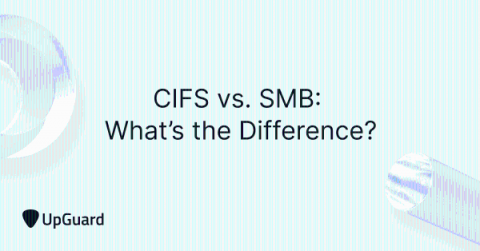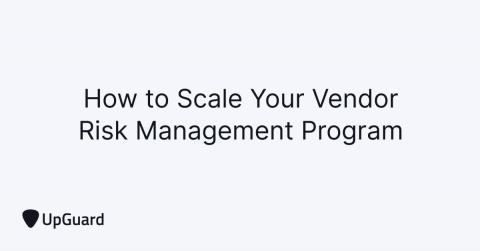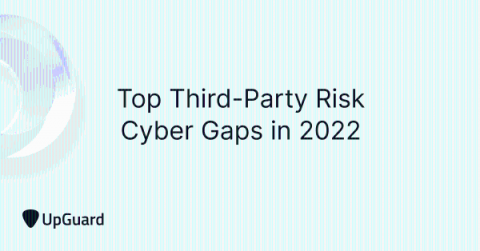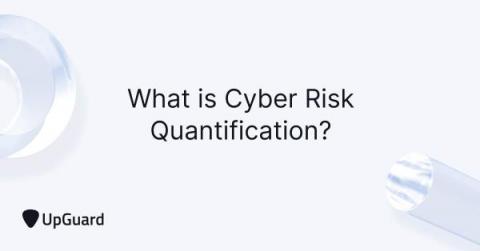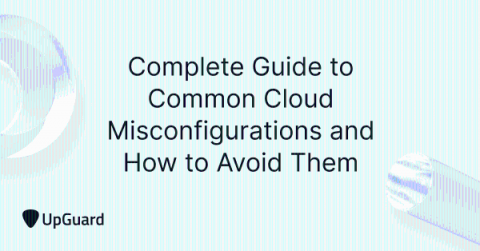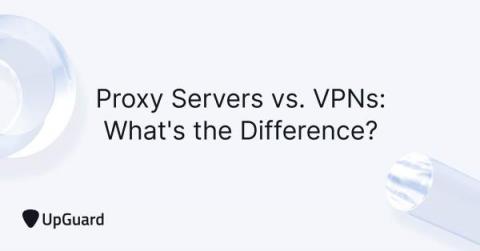CIFS vs. SMB: What's the Difference?
CIFS and SMB are both Windows file-sharing protocols used in storage systems, such as network-attached systems (NAS). The key difference between CIFS and SMB is that CIFS is a dialect of SMB – a particular implementation of the SMB protocol. The CIFS protocol is now considered an outdated SMB dialect, with the newer SMB 2.0 and SMB 3.0 addressing many of the inefficiencies of CIFS.


